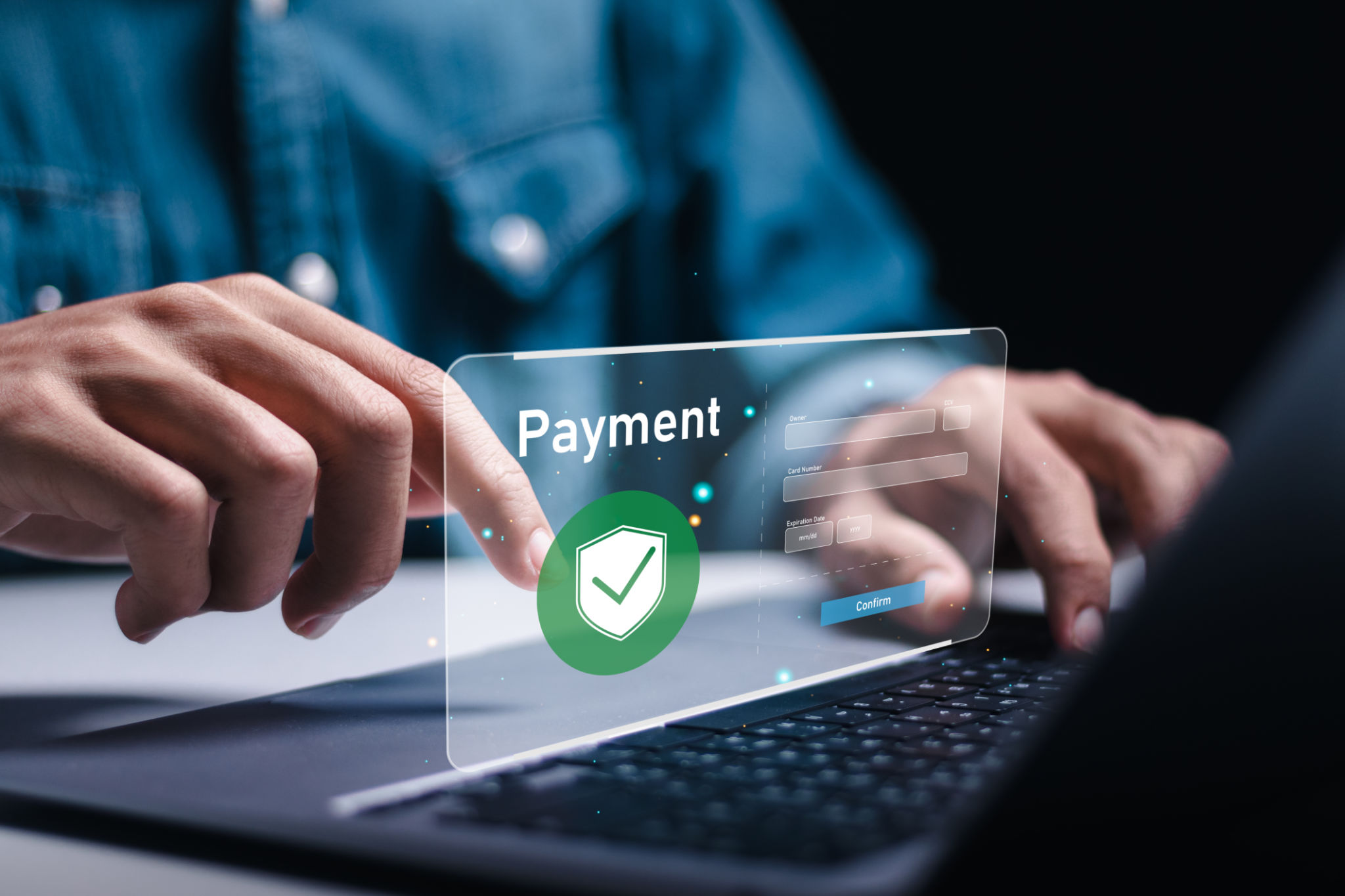How to Secure Your Transactions: Best Practices for Merchants
Understanding the Importance of Transaction Security
For merchants in today's digital marketplace, ensuring the security of transactions is paramount. As online fraud becomes increasingly sophisticated, merchants must adopt robust security measures to protect themselves and their customers. Understanding the significance of secure transactions not only safeguards your business but also enhances customer trust and loyalty.
With cyber threats constantly evolving, businesses need to stay informed about the latest security protocols. Implementing effective transaction security practices can help prevent data breaches and financial losses, ensuring your business remains reputable and trustworthy.

Implementing Strong Authentication Measures
One of the most effective ways to secure transactions is by implementing strong authentication measures. This involves verifying the identity of users before they can complete a transaction, thereby reducing the risk of unauthorized access.
Two-Factor Authentication (2FA)
Two-factor authentication adds an extra layer of security by requiring users to provide two forms of identification before accessing their accounts. This typically involves something they know, like a password, and something they have, like a mobile device. By implementing 2FA, merchants can significantly reduce the risk of fraudulent transactions.
Biometric Authentication
Biometric authentication, such as fingerprint or facial recognition, offers an additional level of security by using unique biological traits to verify identity. This method not only enhances security but also provides a seamless user experience.

Ensuring Secure Payment Gateways
A secure payment gateway is crucial for protecting sensitive payment information from cybercriminals. Merchants should choose reputable payment processors that comply with industry standards and provide robust security features.
PCI DSS Compliance
The Payment Card Industry Data Security Standard (PCI DSS) outlines a set of security standards designed to protect card information during and after a financial transaction. Ensuring that your payment gateway is PCI DSS compliant is essential for maintaining transaction security.
Encryption and Tokenization
Encryption converts sensitive data into a code to prevent unauthorized access, while tokenization replaces sensitive data with unique identification symbols. Both methods are effective in safeguarding payment information and should be employed by merchants to enhance transaction security.

Regular Security Audits and Updates
Conducting regular security audits is essential for identifying vulnerabilities in your system before they can be exploited. These audits help ensure that your security measures are up-to-date and effective against the latest threats.
In addition to audits, merchants should regularly update their software and systems to patch any security vulnerabilities. Staying current with security updates helps protect against potential threats and ensures the integrity of your transaction processes.
Educating Employees and Customers
Education plays a vital role in maintaining transaction security. Merchants should provide comprehensive training for employees on best practices for data protection and fraud prevention. This includes recognizing phishing attempts and understanding the importance of secure password management.
Similarly, educating customers about safe transaction practices can help them protect their own information. Providing resources on recognizing scams and encouraging the use of secure payment methods can enhance overall transaction security for both parties.
